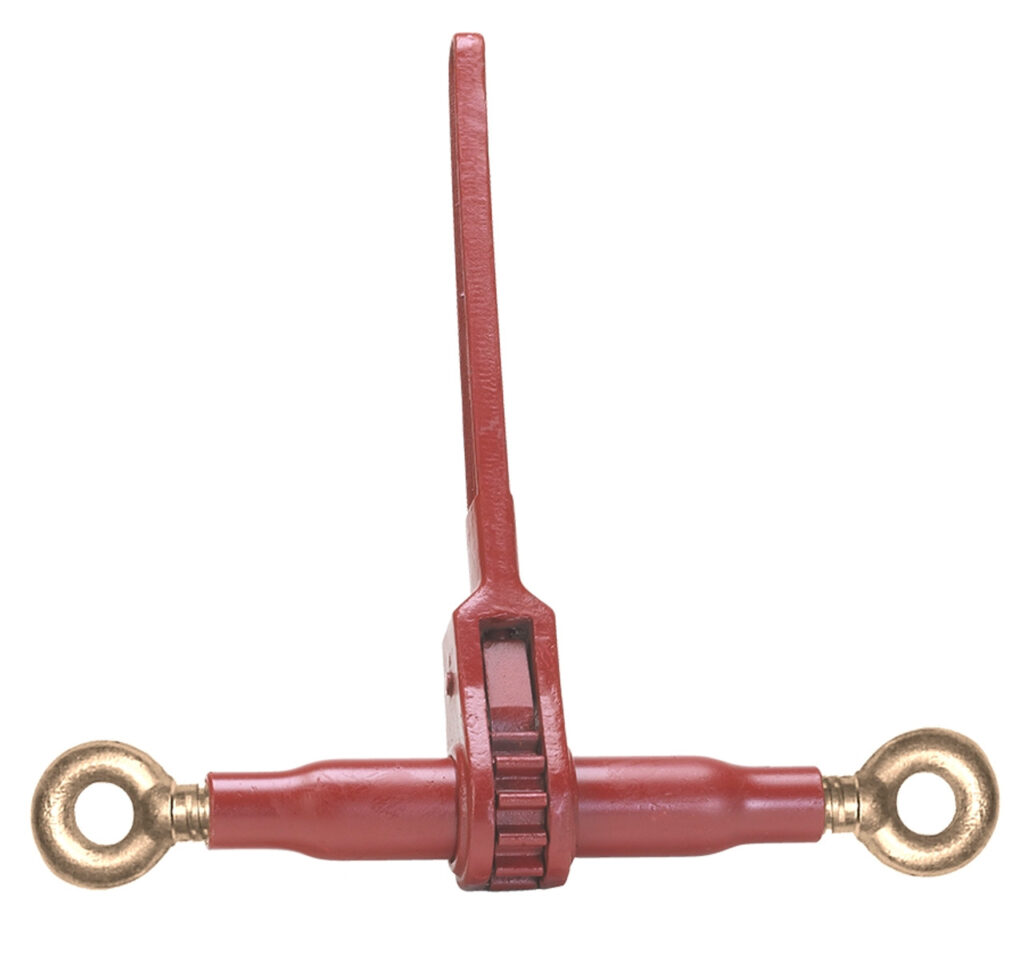The breaking strength of a turnbuckle is a critical factor in ensuring the safety and reliability of the system in which it is used. The breaking strength refers to the amount of force required to cause the turnbuckle to fail or break.
In this article, we will discuss the factors that affect the breaking strength of a turnbuckle and the importance of choosing the right turnbuckle for your application.
Factors Affecting the Breaking Strength of a Turnbuckle
The breaking strength of a turnbuckle is affected by several factors, including:
Material: Turnbuckles are available in various materials, including stainless steel, galvanized steel, and aluminum. The material used in the turnbuckle can affect its breaking strength. Stainless steel is typically the strongest and most durable option, while aluminum is the lightest but least strong.
Design: The design of the turnbuckle can also affect its breaking strength. Some turnbuckles are designed with a higher load capacity than others, and some are designed to handle specific types of loads.
Size: The size of the turnbuckle is also a factor in its breaking strength. Larger turnbuckles can typically handle higher loads than smaller turnbuckles.
Load Capacity and Working Load Limit.
When choosing a turnbuckle for your application, it is important to consider both the load capacity and the working load limit. The load capacity refers to the maximum amount of weight that the turnbuckle can handle before it fails. The working load limit refers to the maximum amount of weight that the turnbuckle can handle safely under normal use.
It is important to choose a turnbuckle with a load capacity and working load limit that is suitable for your application. Choosing a turnbuckle with a load capacity that is too low can result in failure and serious safety risks, while choosing a turnbuckle with a load capacity that is too high can result in unnecessary costs and weight.
Choosing the Right Turnbuckle for Your Application
When choosing a turnbuckle for your application, consider the following factors:
Load Capacity: The turnbuckle should have a load capacity that is suitable for the application. Ensure that the turnbuckle can handle the maximum load that it will be exposed to.
Material: The material used in the turnbuckle should be suitable for the environment in which it will be used. If the turnbuckle will be exposed to harsh weather conditions or corrosive environments, choose a material that is resistant to rust and corrosion.
Type of End Fitting: Turnbuckles are available with various types of end fittings, including jaw end fittings, eye end fittings, clevis end fittings, hook end fittings, and stud end fittings. The type of end fitting should be chosen based on the application and load type.
Size: The turnbuckle should be the appropriate size for the cables, wires, chains, or ropes that it will be used with. Choosing a turnbuckle that is too small can result in failure, while choosing a turnbuckle that is too large can result in unnecessary weight and costs.

Importance of Proper Installation and Maintenance
Proper installation and maintenance are essential to ensure the safe and reliable operation of the turnbuckle. When installing the turnbuckle, ensure that it is properly aligned and tightened to the appropriate torque. Regular inspections and maintenance are also important to ensure that the turnbuckle remains in good condition and is not damaged or corroded.
Conclusion
In conclusion, the breaking strength of a turnbuckle is a critical factor in ensuring the safety and reliability of the system in which it is used. The breaking strength is affected by several factors, including material, design, and size. When choosing a turnbuckle for your application, it is important to consider the load capacity and working load limit, as well as the material, type of end fitting, and size. Proper installation and maintenance are also essential to ensure the safe and reliable operation of the turnbuckle. By choosing the right turnbuckle and following proper installation and maintenance procedures, you can ensure the safe and efficient operation of your system.